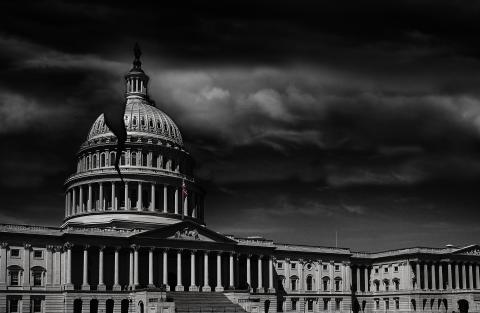"Partisan gerrymandering is diluting the voice of the American people," writes US Rep. John K. Delaney (D-Md.) in a Facebook post.
Delaney posted a video on his Facebook Page Monday explaining in simple terms how partisan gerrymandering works, and how his "Open Our Democracy Act" would end the partisan gerrymander.
The Supreme Court recently agreed to hear a partisan gerrymandering case out of Wisconsin. The high court set an October 3 hearing for oral argument.
In 2012, Delaney explains, Republicans made up 48% of the statewide vote in Wisconsin, but secured 65% of the state legislative seats. Even if Democrats came out in overwhelming numbers, the district lines are drawn to ensure Republicans take about two-thirds of the State Assembly seats.
A lower court found for the first time that the district lines were so partisan that they constituted a gerrymander and violated the rights of voters outside the Republican Party. The court ordered the legislature to redraw the districts by November, but that order was stayed by the Supreme Court.
Partisan gerrymandering is not solely a Republican problem, though. It is a two-party scheme.
Delaney points out that in 2018, 45% of congressional seats will be safe for Republicans and 40% will be safe for Democrats. This leaves only 15% of races that are at least remotely competitive. That is the consequence of partisan gerrymandering.
ALSO READ: Judge: Partisan Gerrymandering “A Cancer on Our Democracy”
"In order to ensure fair representation, we cannot leave redistricting up to partisan forces," says Delaney.
Delaney re-introduced the "Open Our Democracy Act." The bill proposes a number of reforms, including nonpartisan primary elections for members of the US House and Senate, making Election Day a federal holiday, and requiring that congressional redistricting in every state be done by an independent redistricting commission.
States would be allowed to structure the independent commission however they want as long as no party controls it and it doesn't use “partisan or political considerations” when drawing electoral maps.
Read the full bill here.
Photo Credit: zimmytws / shutterstock.com
